Category: Method & Theory
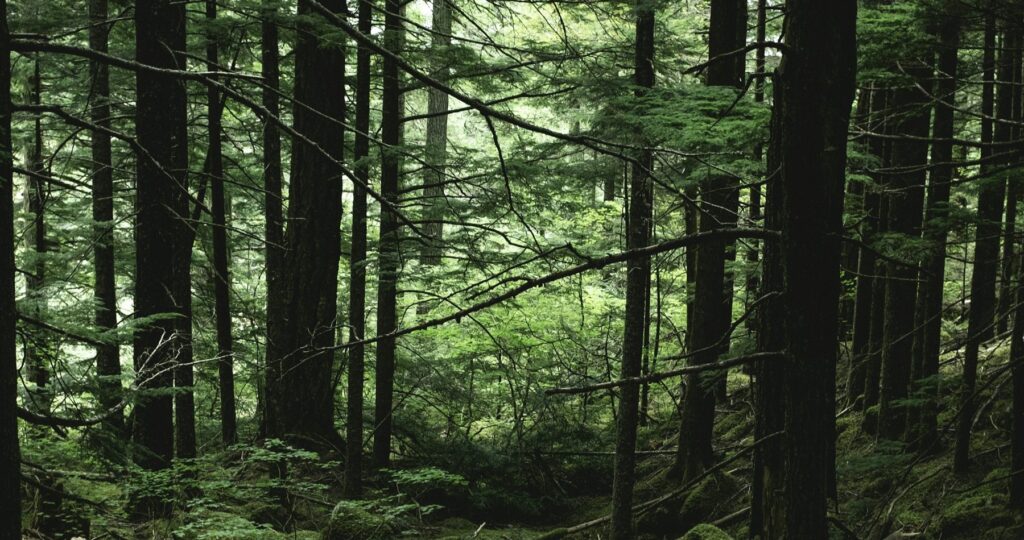
February 12, 2025
Culturally Modified Trees of the Interior, British Columbia
A Foreword For the Archaeologists who’ve found themselves interested in the niches of Ecology and Landscape-Use-Dynamics, we tend to recognize the landscape as a dynamic whole; a manuscript of activities, knowledge, and ideologies that human societies have crafted and applied to the environments in which they live. However, Professional Consulting Archaeologists in Cultural Resource Management
Keep Reading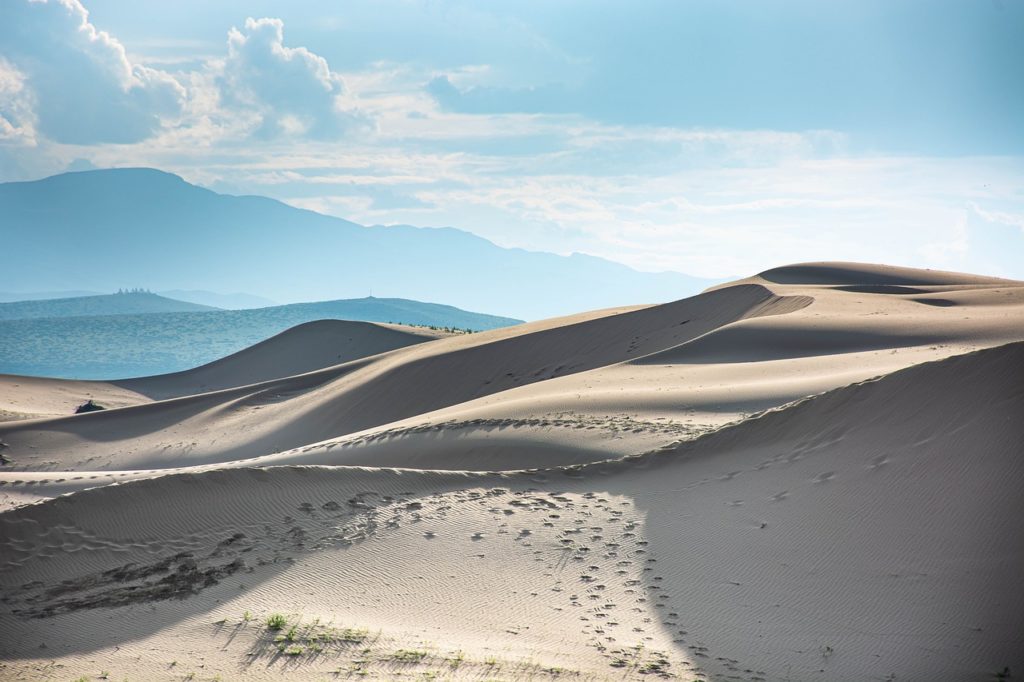
April 3, 2023
How are archaeological sites buried?
So much dirt! One of the most common questions we are asked is: “how are archaeological sites buried?” and “Where does all the dirt come from?” It doesn’t make sense for layers of dirt to be covering the world deeper and deeper over time, right? Well, that’s because it’s only part of the story. Did
Keep Reading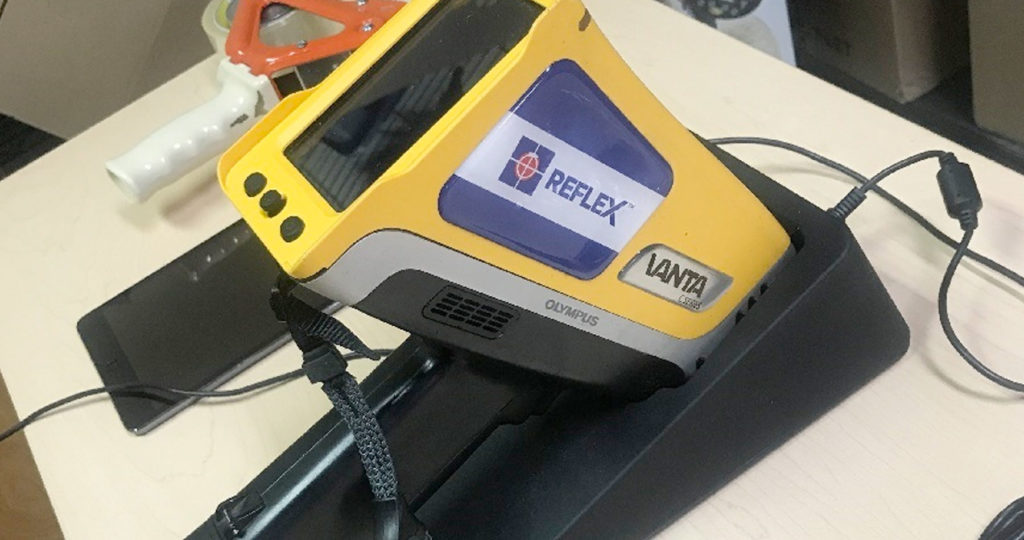
March 19, 2020
Sourcing with pXRF (portable X-Ray Fluorescence)
“Sourcing” is the study of associating artifacts with their geologic origin in order to infer human transport of materials. This field of research has revealed networks of trade and exchange among indigenous peoples in pre-contact times. But how do researchers figure out the actual source? One method is with Portable X-Ray Fluorescence (pXRF) analysis. These
Keep Reading
April 4, 2019
Where does the Obsidian we find come from?
Obsidian is a volcanic glass that was used by pre-European contact people all over North America. Known for its natural sharpness, ancient peoples sought the material for making tools for cutting and slicing. Additionally, it is easier to flintknap than the harder and more readily available materials local to Alberta. As many of our readers
Keep Reading
February 18, 2019
Ground Penetrating Radar
Ground-Penetrating Radar (GPR) is the process of sending radiowaves through the ground. As these radiowaves pass through the ground, any change in the subsurface materials will cause some energy to be reflected back to towards the surface while the remaining energy continues deeper. This information is recorded by a receiver which records the time it
Keep Reading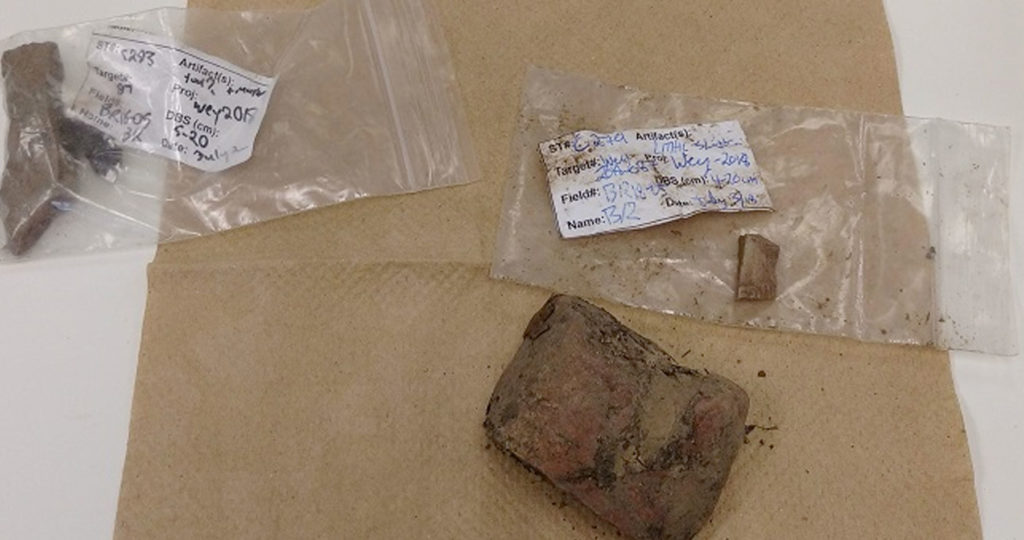
August 28, 2018
Muddy Lab Secrets
The mud we slog through in the field doesn’t always stay in the field. It’s wrapped around a lot of the artifacts we find, and ends up in our sample bags. Once we get back from the field, we start the process of washing all the artifacts. As the sediment is brushed away, some of
Keep Reading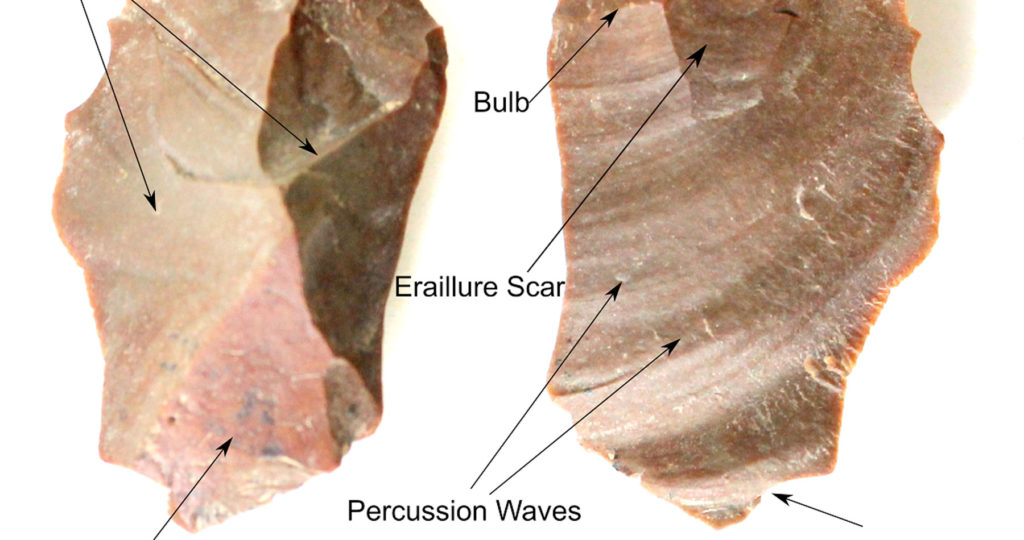
April 10, 2018
Features of a Flake
Back in 2015 I was dropped off by a helicopter in the middle of a large muskeg to assess a cutblock for Alberta-Pacific Forest Industries. After trudging my way through the swamp to the cutblock, I found a very prominent but small hill. I put my shovel in the ground and I found one large,
Keep Reading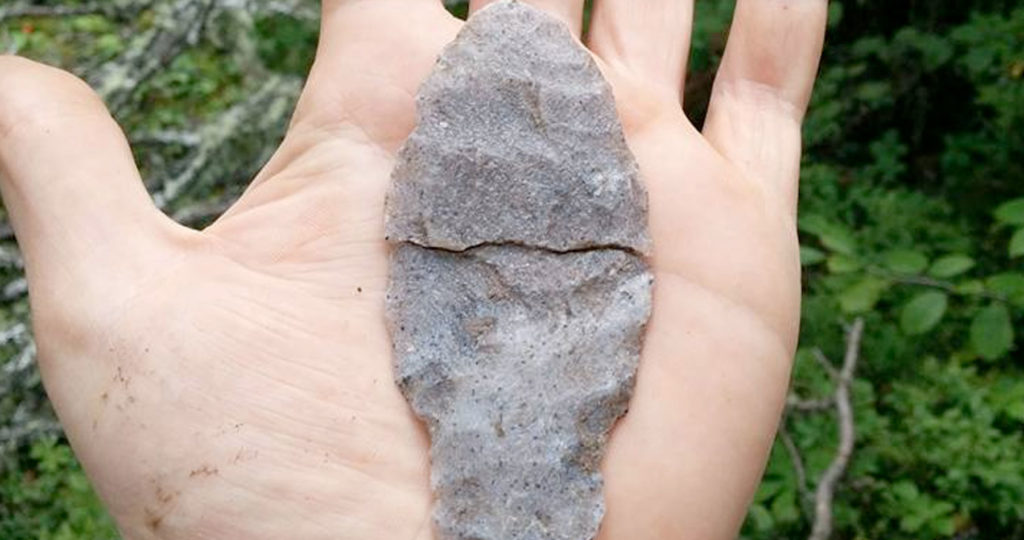
April 4, 2018
We Know How Old Stone Points Are, Right?
Back in September of 2017, I found what would probably be one of the coolest artifacts that I will ever find in my field survey career. My coworker Vince and I got up one fateful morning and set out on our four hour quad ride into one of the most beautiful areas in Northern Alberta:
Keep Reading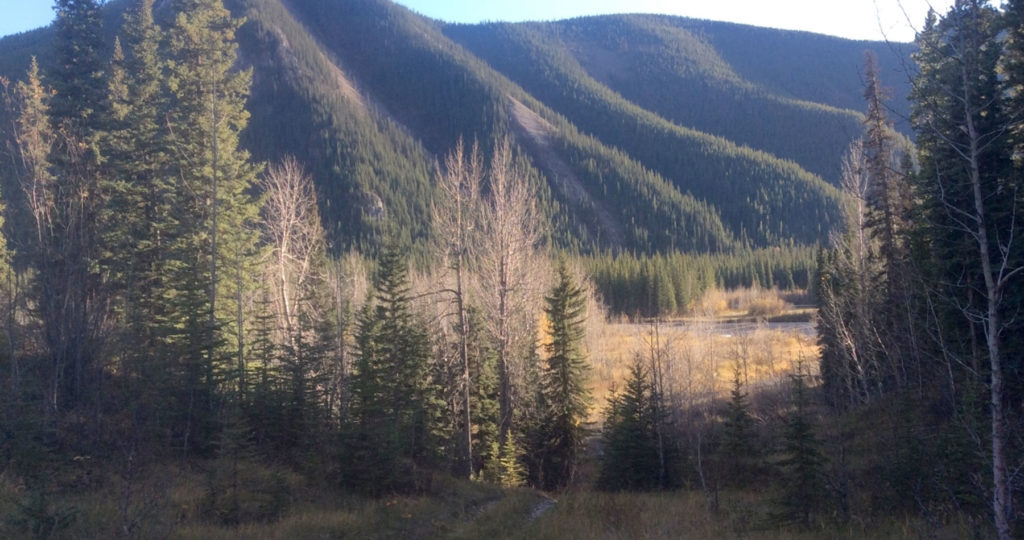
November 27, 2017
The View From Out Here
We took this photo in the fall of 2016 while completing fieldwork for Sundre Forest Products’. It’s of the Clearwater River valley as seen from a site we found that year. The site was easily identified because artifacts were eroding out of the steep valley wall and the ATV trails that cross the landscape. From
Keep Reading
August 28, 2017
Index to Alberta Homestead Records 1870 to 1930
Many people are interested in researching their family history and genealogy. The Index to Alberta Homestead Records are an excellent place to start your research. The following blog will give instructions on how to use the Index. If you wish to learn what the homestead records are, or how they can help archaeologists, please check
Keep Reading